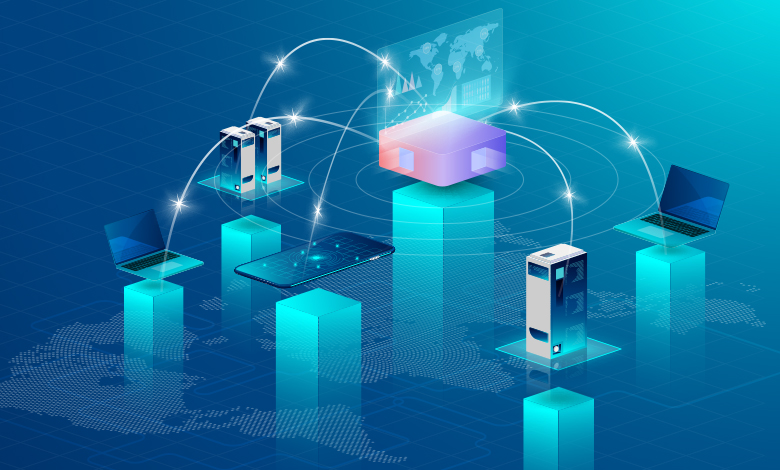In recent years, so-called cloud technologies or cloud computing have become increasingly popular. In this regard, the basic features of the architecture of Iaas, Paas, and Saas systems based on cloud technologies must be determined.
The prospects of modern cloud technologies
Cloud technologies are a new stage in developing different technologies, including the widespread high-speed Internet. The user is given a dynamic and scaled way to access various services through Internet connections. Although the concept of “cloud technologies” is widely included in different directions. The most common of these are:
- Saas (Soft as a Service),
- IaaS (Infrastructure as a Service),
- Paas (Platform as a Service).
As you can see, there is a prefix as a service everywhere. It means that all kinds of clouds are provided for a subscription model; you only use them when needed.
SaaS decisions were most widespread among a wide audience. They transfer capital expenses to operating expenses, allowing businesses to remain competitive. For an IT specialist, cloud technologies will save time and allow you to concentrate on tasks specific to the company’s business. For a regular user, the pros also are obvious. The possibility of access to business applications from anywhere in the world, more efficient communication with colleagues and clients, and the ability to collectively work with employees on documents in real-time will allow unloading their work schedule to increase productivity significantly.
IaaS, PaaS, and SaaS: basic differences?
The most widespread cloud solutions are IaaS, PaaS, and SaaS. Let’s analyze them in more detail:
- SaaS
So, let’s start with the type of cloud technologies whose representatives are the most famous – Software as a Service. This type provides a ready-made solution for the client with the minimum need to set up. Theoretically, when subscribing to such a service, any user can control it with or without a system administrator. The most famous representatives of such a service in the corporate environment are Office 365. Speaking of SMB, it is worth mentioning cloud services like Dropbox, Evernote, Trello, and others.
- PaaS
PaaS services are designed primarily for developers. They are the sets of ready-made components for creating applications and frameworks to control the platform. In this case, the components will be data services, repositories, tools of the automated testing environment, and the like. Paas examples are Google AppEngine, Vmware Pivotal Cloud Foundry, Red Hat’s Openshift, Heroku, and more.
- IaaS
Finally, the closest system administrators are IaaS. Infrastructure as a service, by its objects and characteristics, is the closest to possessing your own “iron” and virtualization. In the case of IaaS, you have cloud processors, memory, disks, and networks, from which you later create narrowing servers and adjust the network topology as you need.
How to choose an appropriate cloud?
The logic of choosing the type of cloud services you need is to find a balance between the speed of adjustment and the system’s flexibility. SaaS is unlikely to be sharpened for your business notes, but it is also almost impossible to build a ready-made IaaS decision. Therefore, it is also worth paying attention to the need to create multi-vendor solutions that can be very difficult in the case of SaaS and PaaS.
If you are an IT head in a small company, looking at the cloud business model in SaaS is recommended. If your company is developing software, there are many interesting things in the PaaS world, but you know about it already. On the other hand, if your company is large enough, with a significant IT infrastructure, do not rush to go into big clouds. Most likely, your needs will be able to meet local players at a lower price.


